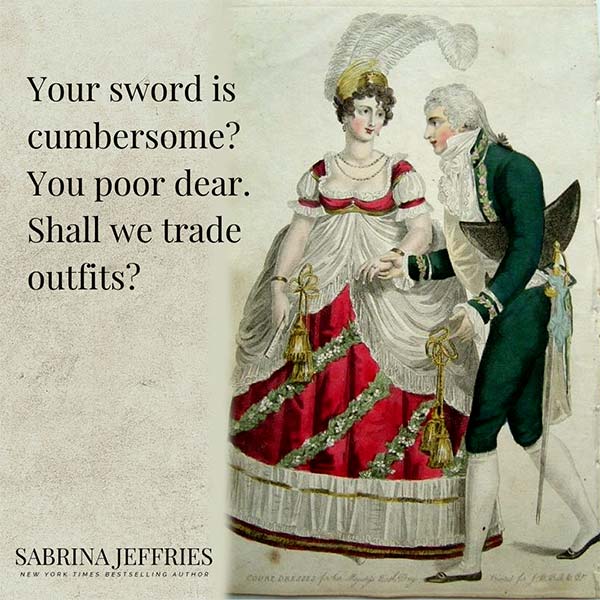New Year’s Superstition

Why must I not bitch and moan about my back and neck pain? Because a big superstition connected to New Year’s Day in Regency England was that whatever you did on New Year’s Day, you were doomed to repeat for the entire year. Our Regency foremothers would particularly suggest that you avoid cleaning your house (you might sweep out your good luck, not to mention having to spend the coming year sweeping), getting into debt, leaving your cupboards bare (which might foretell poverty in the new year), and crying (which means you’ll be sad all year—duh!). Definitely do kiss your beloved (well, that one is probably more modern). And be sure to open your doors and windows just before midnight to let out the old year and beckon in the new one.








